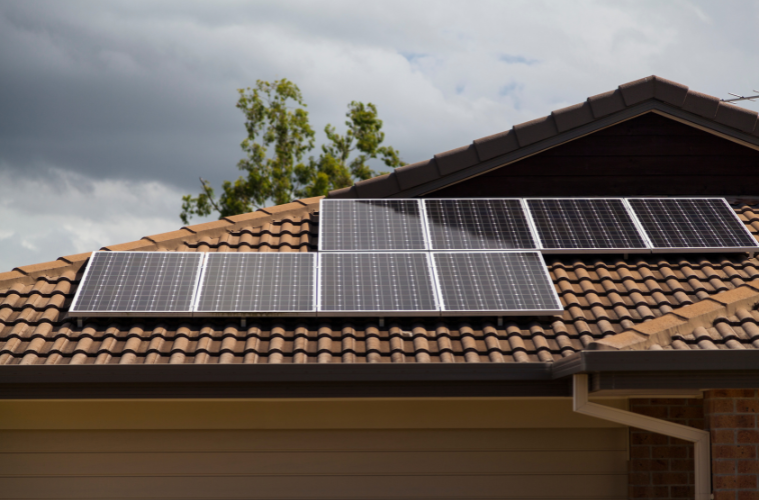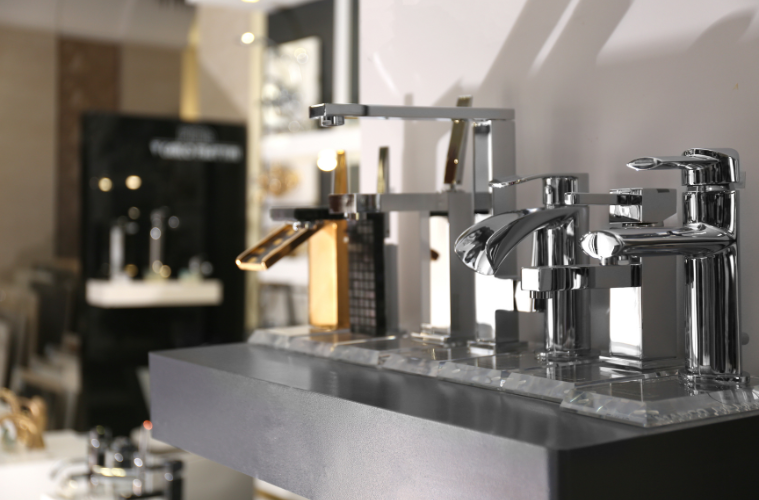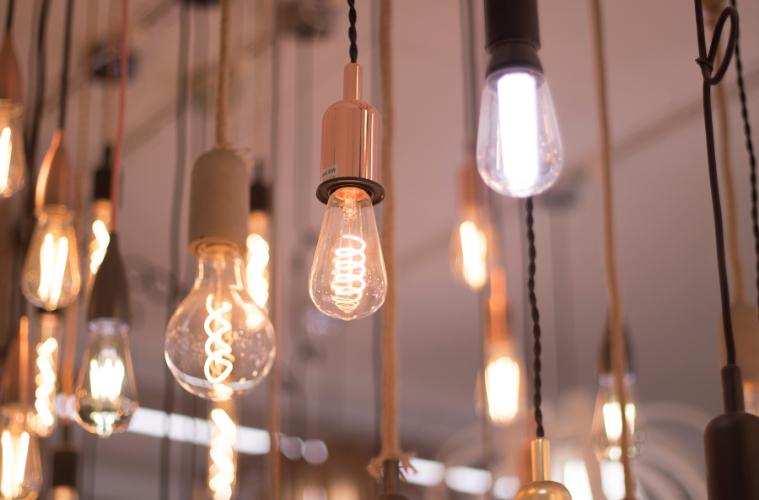
Sustainability isn’t just about helping the environment; it’s also about creating a smarter, more efficient home that can save you money in the long run. While some eco-friendly upgrades may seem like a hefty upfront investment, the long-term savings and added home value can make them well worth it.
Here are some of the most practical sustainable home upgrades that deliver real financial returns while reducing your environmental footprint.
1. Switch to LED Lighting
One of the simplest and most cost-effective upgrades is switching from incandescent or halogen bulbs to LED lighting. LEDs use up to 80% less energy and last significantly longer. While the initial cost is slightly higher, you’ll notice lower power bills almost immediately and fewer trips to the store to buy replacements.
Estimated savings: Up to $200 a year for the average household.
2. Install a Smart Thermostat
Smart thermostats like the Google Nest or Ecobee can learn your habits and adjust heating and cooling accordingly. Some models can even detect when you’re not home and turn off or reduce usage automatically. This helps cut down on wasted energy and keeps your bills in check, without sacrificing comfort.
Estimated savings: Between 10–20% annually on heating and cooling costs.
3. Solar Panels

Solar energy is a long-term investment that can drastically cut your power bills. Depending on your location, solar panels can pay for themselves in 5 to 7 years, and most systems last 25 years or more. Many states and territories in Australia also offer rebates or incentives to offset the installation cost, making solar even more accessible.
Estimated savings: Thousands of dollars over the life of the system.
4. Upgrade to Energy-Efficient Appliances
Older appliances like fridges, washing machines, and dishwashers can consume far more energy than modern energy-rated models. Look for appliances with a high Energy Star rating, which indicates better performance and lower power usage. It’s an upfront cost, but these savings accumulate over time, and you’ll also get better features and reliability.
Estimated savings: Up to $600 a year if replacing multiple old appliances.
5. Seal Air Leaks and Insulate Properly
Poor insulation and air leaks around windows, doors, and the roof can cause your heating and cooling systems to work overtime. Properly sealing and insulating your home keeps indoor temperatures more stable and reduces the need for constant HVAC usage.
Estimated savings: 10–15% on heating and cooling annually.
6. Install Low-Flow Fixtures

Water-efficient shower heads, faucets, and toilets can significantly reduce your household water use. These upgrades are inexpensive, easy to install, and often go unnoticed in terms of performance. In drought-prone regions of Australia, conserving water can also have an environmental and ethical benefit.
Estimated savings: Up to $300 a year on water and energy bills combined.
7. Use Window Treatments to Manage Heat
Installing blinds, curtains, or films on your windows can help control heat gain in summer and heat loss in winter. For example, block-out curtains can reduce indoor temperatures by up to 7°C in summer, decreasing the need for air conditioning.
Estimated savings: Reduction in cooling/heating costs depending on climate and use.
8. Install a Rainwater Tank
Rainwater tanks help you collect and reuse rainwater for gardening, laundry, and even flushing toilets. With water bills on the rise in many parts of Australia, this upgrade can significantly reduce your reliance on mains water, especially during the dry season.
Estimated savings: Varies by usage, but can be hundreds annually for large households.
9. Consider an Induction Cooktop
Gas stoves are being phased out in some areas due to emissions concerns. Induction cooktops are fast, efficient, and safer, using electromagnetic energy instead of direct heat. Paired with solar panels, this upgrade makes your kitchen almost completely sustainable.
Estimated savings: Ongoing energy savings, especially if switching from gas.
Final Thoughts

Sustainable upgrades aren’t just good for the planet, they’re good for your wallet too. Whether you start small with LED lights or go big with solar panels and rainwater systems, each upgrade helps build a more efficient, comfortable, and cost-effective home.
The key is to prioritise changes based on your budget, climate, and home usage. Even a few smart choices today can lead to thousands in savings over the years, while contributing to a greener future for everyone.
Thinking about going green? Start with one upgrade and see the difference it makes. Sustainable living doesn’t have to be all or nothing—it’s about progress, not perfection.


